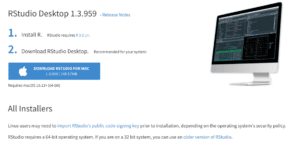

This book helps you understand the theory that underpins ggplot2, and will help you create new types of graphics specifically tailored to your needs. It describes the theoretical underpinnings of ggplot2 and shows you how all the pieces fit together. If you’ve mastered the basics and want to learn more, read ggplot2: Elegant Graphics for Data Analysis. It provides a set of recipes to solve common graphics problems. If you want to dive into making common graphics as quickly as possible, I recommend The R Graphics Cookbook by Winston Chang. If you’d like to follow a webinar, try Plotting Anything with ggplot2 by Thomas Lin Pedersen. If you’d like to take an online course, try Data Visualization in R With ggplot2 by Kara Woo. R for Data Science is designed to give you a comprehensive introduction to the tidyverse, and these two chapters will get you up to speed with the essentials of ggplot2 as quickly as possible. The Data Visualisation and Graphics for communication chapters in R for Data Science. Currently, there are three good places to start: OS X 10.11 or later Try our new feature and write a detailed review about RStudio.

It is available in open source and commercial editions and runs on the desktop (Mac, Linux, and Windows) or over the web with RStudio Server. If you are new to ggplot2 you are better off starting with a systematic introduction, rather than trying to learn from reading individual documentation pages. RStudio is the premier integrated development environment for the R statistical programming language.


 0 kommentar(er)
0 kommentar(er)
